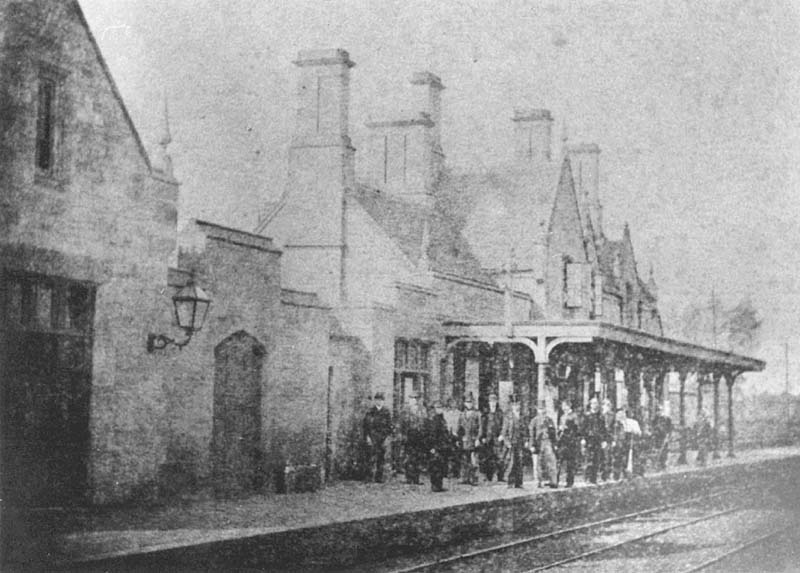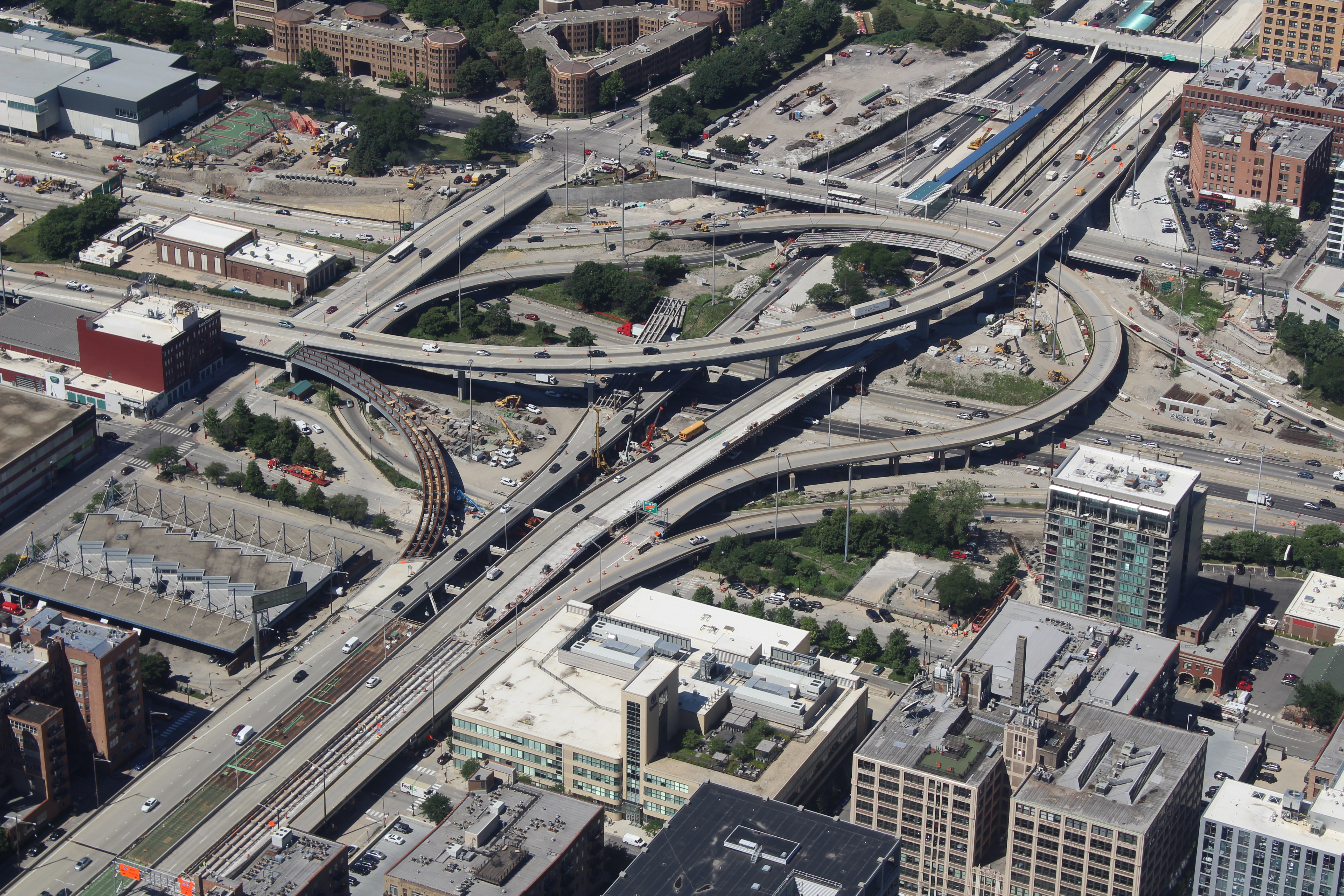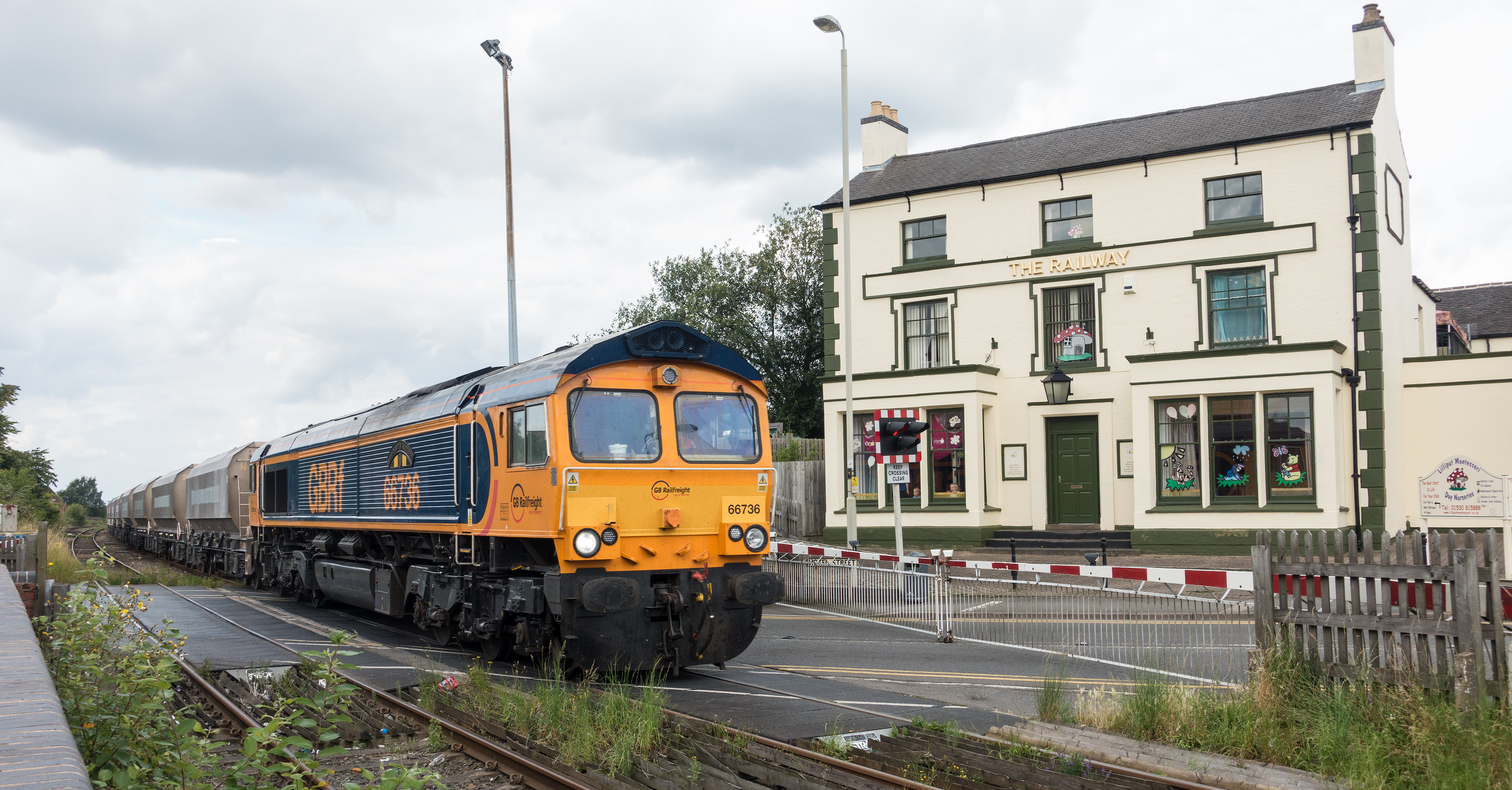|
Nuneaton Railway Station
Nuneaton railway station serves the large town of Nuneaton in Warwickshire, England. The station is managed by West Midlands Trains. It is served by three railway lines: the Trent Valley section of the West Coast Main Line (WCML), the Birmingham-Leicester-Peterborough line and the Nuneaton to Coventry branch line. It was known, during the period 1924–1969, as ''Nuneaton Trent Valley'', to distinguish it from the now closed Nuneaton Abbey Street station; many local people still refer to it as ''Trent Valley''. The station lies on the north-eastern edge of Nuneaton town centre, just outside the ring road. History 19th and 20th century The original Nuneaton station was opened on 15 September 1847, when the London and North Western Railway (LNWR) opened the Trent Valley Line; the branch line to Coventry opened in 1850. The original station, like many others on the line, had been designed by John William Livock. A simple two platform structure, it became inadequate to ... [...More Info...] [...Related Items...] OR: [Wikipedia] [Google] [Baidu] |
Nuneaton
Nuneaton ( ) is a market town in the borough of Nuneaton and Bedworth in northern Warwickshire, England, close to the county border with Leicestershire and West Midlands County.OS Explorer Map 232 : Nuneaton & Tamworth: (1:25 000) : Nuneaton's population at the 2021 census was 94,634, an increase from 86,552 at the 2011 census making it the largest town in Warwickshire. The author George Eliot was born on a farm on the Arbury Estate just outside Nuneaton in 1819 and lived in the town for much of her early life. Her novel ''Scenes of Clerical Life'' (1858) depicts Nuneaton. There is a hospital named after her, The George Eliot Hospital. There is also a statue of George Eliot in the town centre. History Early history Nuneaton was originally an Anglo-Saxon settlement known as 'Etone' or 'Eaton', which translates literally as 'settlement by water', referring to the River Anker. 'Etone' was listed in the Domesday Book as a small farming settlement with a population of around 1 ... [...More Info...] [...Related Items...] OR: [Wikipedia] [Google] [Baidu] |
Reginald Wynn Owen
Reginald Wynn Owen FRIBA (23 July 1876 – 15 May 1950) was a British architect noted for his work for the London and North Western Railway. He was born in Beaumaris, Anglesey, Wales, the sixth child of Elijah Wynn Owen and Elizabeth. He trained as a diocesan architect in the Diocese of Bangor, articled to Peter Shearson Gregory from 1893 to 1896, and then at the University of Liverpool School of Architecture where he was assistant to Thomas Taliesin Rees from 1897 to 1898, where he won the Queen’s Prize for Perspective in 1898. Then he was articled to Owen Roberts of Moorfields in 1898, John Clarke 1898 to 1899 and to Grayson and Ould from 1899. He started work with the London and North Eastern Railway in 1911 and moved to London. He is probably best known for the Euston Station War Memorial which was unveiled on 21 October 1921. He was appointed Associate of the Royal Institute of British Architects on 18 February 1901 and elected as a Fellow of the Royal Institute of Briti ... [...More Info...] [...Related Items...] OR: [Wikipedia] [Google] [Baidu] |
Railway Gazette International
''Railway Gazette International'' is a monthly business magazine and news website covering the railway, metro, light rail and tram industries worldwide. Available by annual subscription, the magazine is read in over 140 countries by transport professionals and decision makers, railway managers, engineers, consultants and suppliers to the rail industry. A mix of technical, commercial and geographical feature articles, plus the regular monthly news pages, cover developments in all aspects of the rail industry, including infrastructure, operations, rolling stock and signalling. History ''Railway Gazette International'' traces its history to May 1835 as ''The Railway Magazine'', when it was founded by Effingham Wilson. The ''Railway Gazette'' title dates from July 1905, created to cover railway commercial and financial affairs. In April 1914 it merged with ''The Railway Times'', which incorporated '' Herapath's Railway Journal'', and in February 1935 it absorbed the ''Railway Engine ... [...More Info...] [...Related Items...] OR: [Wikipedia] [Google] [Baidu] |
Flying Junction
A flying junction or flyover is a railway junction at which one or more diverging or converging tracks in a multiple-track route cross other tracks on the route by bridge to avoid conflict with other train movements. A more technical term is "grade-separated junction". A burrowing junction or dive-under occurs where the diverging line passes below the main line. The alternative to grade separation is a level junction or flat junction, where tracks cross at grade, and conflicting routes must be protected by interlocked signals. Complexity Simple flying junctions may have a single track pass over or under other tracks to avoid conflict, while complex flying junctions may have an elaborate infrastructure to allow multiple routings without trains coming into conflict, in the manner of a highway stack interchange. Flying junction without crossings Where two lines each of two tracks merge with a flying junction, they can become a four-track railway together, the tracks paired by ... [...More Info...] [...Related Items...] OR: [Wikipedia] [Google] [Baidu] |
Grade Separation
In civil engineering (more specifically highway engineering), grade separation is a method of aligning a junction of two or more surface transport axes at different heights (grades) so that they will not disrupt the traffic flow on other transit routes when they cross each other. The composition of such transport axes does not have to be uniform; it can consist of a mixture of roads, footpaths, railways, canals, or airport runways. Bridges (or overpasses, also called flyovers), tunnels (or underpasses), or a combination of both can be built at a junction to achieve the needed grade separation. In North America, a grade-separated junction may be referred to as a ''grade separation'' or as an '' interchange'' – in contrast with an '' intersection'', ''at-grade'', a ''diamond crossing'' or a ''level crossing'', which are not grade-separated. Effects Advantages Roads with grade separation generally allow traffic to move freely, with fewer interruptions, and at higher overall ... [...More Info...] [...Related Items...] OR: [Wikipedia] [Google] [Baidu] |
Network Rail
Network Rail Limited is the owner (via its subsidiary Network Rail Infrastructure Limited, which was known as Railtrack plc before 2002) and infrastructure manager of most of the railway network in Great Britain. Network Rail is an "arm's length" public body of the Department for Transport with no shareholders, which reinvests its income in the railways. Network Rail's main customers are the private train operating companies (TOCs), responsible for passenger transport, and freight operating companies (FOCs), who provide train services on the infrastructure that the company owns and maintains. Since 1 September 2014, Network Rail has been classified as a "public sector body". To cope with fast-increasing passenger numbers, () Network Rail has been undertaking a £38 billion programme of upgrades to the network, including Crossrail, electrification of lines and upgrading Thameslink. In May 2021, the Government announced its intent to replace Network Rail in 2023 with a ne ... [...More Info...] [...Related Items...] OR: [Wikipedia] [Google] [Baidu] |
Beeching Axe
The Beeching cuts (also Beeching Axe) was a plan to increase the efficiency of the nationalised railway system in Great Britain. The plan was outlined in two reports: ''The Reshaping of British Railways'' (1963) and ''The Development of the Major Railway Trunk Routes'' (1965), written by Richard Beeching and published by the British Railways Board. The first report identified 2,363 stations and of railway line for closure, amounting to 55% of stations, 30% of route miles, and 67,700 British Rail positions, with an objective of stemming the large losses being incurred during a period of increasing competition from road transport and reducing the rail subsidies necessary to keep the network running. The second report identified a small number of major routes for significant investment. The 1963 report also recommended some less well-publicised changes, including a switch to the now-standard practice of containerisation for rail freight, and the replacement of some services wit ... [...More Info...] [...Related Items...] OR: [Wikipedia] [Google] [Baidu] |
Leicester
Leicester ( ) is a city status in the United Kingdom, city, Unitary authorities of England, unitary authority and the county town of Leicestershire in the East Midlands of England. It is the largest settlement in the East Midlands. The city lies on the River Soar and close to the eastern end of the National Forest, England, National Forest. It is situated to the north-east of Birmingham and Coventry, south of Nottingham and west of Peterborough. The population size has increased by 38,800 ( 11.8%) from around 329,800 in 2011 to 368,600 in 2021 making it the most populous municipality in the East Midlands region. The associated Urban area#United Kingdom, urban area is also the 11th most populous in England and the List of urban areas in the United Kingdom, 13th most populous in the United Kingdom. Leicester is at the intersection of two railway lines: the Midland Main Line and the Birmingham to London Stansted Airport line. It is also at the confluence of the M1 motorway, M1/M ... [...More Info...] [...Related Items...] OR: [Wikipedia] [Google] [Baidu] |
Birmingham
Birmingham ( ) is a city and metropolitan borough in the metropolitan county of West Midlands in England. It is the second-largest city in the United Kingdom with a population of 1.145 million in the city proper, 2.92 million in the West Midlands metropolitan county, and approximately 4.3 million in the wider metropolitan area. It is the largest UK metropolitan area outside of London. Birmingham is known as the second city of the United Kingdom. Located in the West Midlands region of England, approximately from London, Birmingham is considered to be the social, cultural, financial and commercial centre of the Midlands. Distinctively, Birmingham only has small rivers flowing through it, mainly the River Tame and its tributaries River Rea and River Cole – one of the closest main rivers is the Severn, approximately west of the city centre. Historically a market town in Warwickshire in the medieval period, Birmingham grew during the 18th century during the Midla ... [...More Info...] [...Related Items...] OR: [Wikipedia] [Google] [Baidu] |
Midland Railway
The Midland Railway (MR) was a railway company in the United Kingdom from 1844. The Midland was one of the largest railway companies in Britain in the early 20th century, and the largest employer in Derby, where it had its headquarters. It amalgamated with several other railways to create the London, Midland and Scottish Railway at grouping in 1922. The Midland had a large network of lines emanating from Derby, stretching to London St Pancras, Manchester, Carlisle, Birmingham, and the South West. It expanded as much through acquisitions as by building its own lines. It also operated ships from Heysham in Lancashire to Douglas and Belfast. A large amount of the Midland's infrastructure remains in use and visible, such as the Midland main line and the Settle–Carlisle line, and some of its railway hotels still bear the name '' Midland Hotel''. History Origins The Midland Railway originated from 1832 in Leicestershire / Nottinghamshire, with the purpose of serving the needs o ... [...More Info...] [...Related Items...] OR: [Wikipedia] [Google] [Baidu] |
Battlefield Line Railway
The Battlefield Line Railway is a heritage railway in Leicestershire, England.OS Explorer Map 232 : Nuneaton & Tamworth: (1:25 000) : It runs from Shackerstone (Grid ref ) to Shenton (), via Market Bosworth, a total of . Shenton is near Bosworth Field, (the location of the final battle of the Wars of the Roses immortalised in Shakespeare's '' Richard III''), giving the railway its name. Overview The railway runs steam and diesel-hauled trains every weekend and Bank Holiday from March to December, as well as a summer mid-week service on Wednesdays in July and September and Tuesdays, Wednesdays and Thursdays in August and is operated by the Heritage diesel railcar service. Special events: Christmas Santa Specials and others throughout the year. History The railway used to be part of the London and North Western Railway and the Midland Railway, who operated the line jointly between Moira West Junction and Nuneaton. The first trains ran along this section in 1873. At Sha ... [...More Info...] [...Related Items...] OR: [Wikipedia] [Google] [Baidu] |
Coalville
Coalville is an industrial town in the district of North West Leicestershire, Leicestershire in the East Midlands of England, with a population at the 2011 census of 34,575. It lies on the A511 trunk road between Leicester and Burton upon Trent, close to junction 22 of the M1 motorway where the A511 meets the A50 between Ashby-de-la-Zouch and Leicester. It borders the upland area of Charnwood Forest to the east of the town. Coalville is twinned with Romans-sur-Isère in southeastern France. History Coalville is a product of the Industrial Revolution. As its name indicates, it is a former coal mining town and was a centre of the coal-mining district of north Leicestershire. It has been suggested that the name may derive from the name of the house belonging to the founder of Whitwick Colliery: 'Coalville House'. However, conclusive evidence is a report in the ''Leicester Chronicle'' of 16 November 1833: 'Owing to the traffic which has been produced by the Railway and New ... [...More Info...] [...Related Items...] OR: [Wikipedia] [Google] [Baidu] |










